Jazz Fest Brings the World to NOLA
If you find yourself craving Crawfish Monica, strawberry lemonade, cochon de lait, or soft shell crab po-boys, then you may have a case of the Jazz Fest fever.
During this time, you will find yourself longing for a variety of great music and dreaming of places called Congo Square. You'll search for colorful images painted by New Orleans' most talented artists and hope to add to your BayouWear wardrobe. This fever happens around the same time each year and there's only one cure—you must attend the city's Jazz Festival.
With over five decades on the festival scene, the New Orleans Jazz and Heritage Festival presented by Shell is one of the most lucrative and anticipated festivals in the city. Bringing in about $300 million each year, the festival (locally nicknamed "Jazz Fest") highlights a diversity of local culture, music, and food while also bringing in some of the biggest mainstream artists of the time. Today, we know Jazz Fest as a major festival promoted around the world, but it started from rather humble beginnings.
The Beginning of An Era
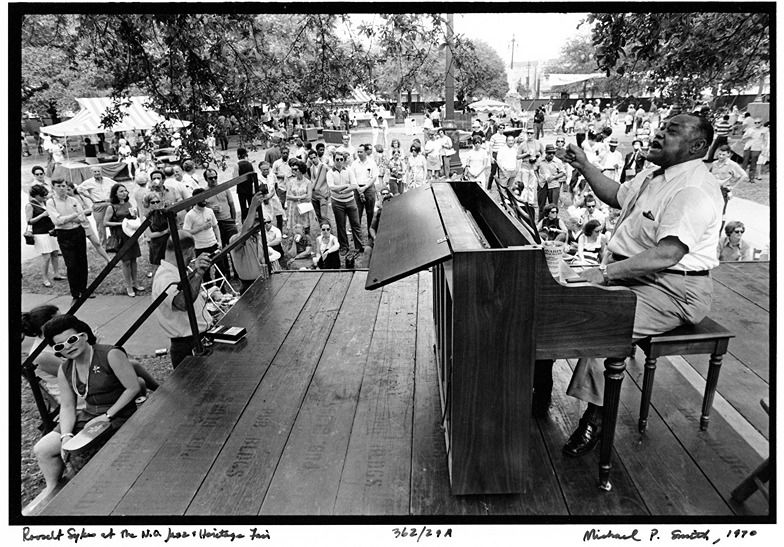
While the first official Jazz Fest was held in April of 1970, the story of the festival actually started in the 1960s. During that decade, the city leaders and officials had ideas to create an event that displayed the city's legacy as the birthplace of jazz. Of course there were smaller jazz events and festivals that lead up to the official Jazz and Heritage Festival, but they did not compare to the extravaganza that was to come in 1970.
That spring, under the direction of famed jazz promoter and pianist George Wein, the city's first Jazz Fest was held in Beauregard Square (now Congo Square), located in Louis Armstrong Park. Then titled the Louisiana Heritage Fair, the festival was a celebration of the originators of jazz, alongside local food vendors, arts, and crafts, complete with second lines.
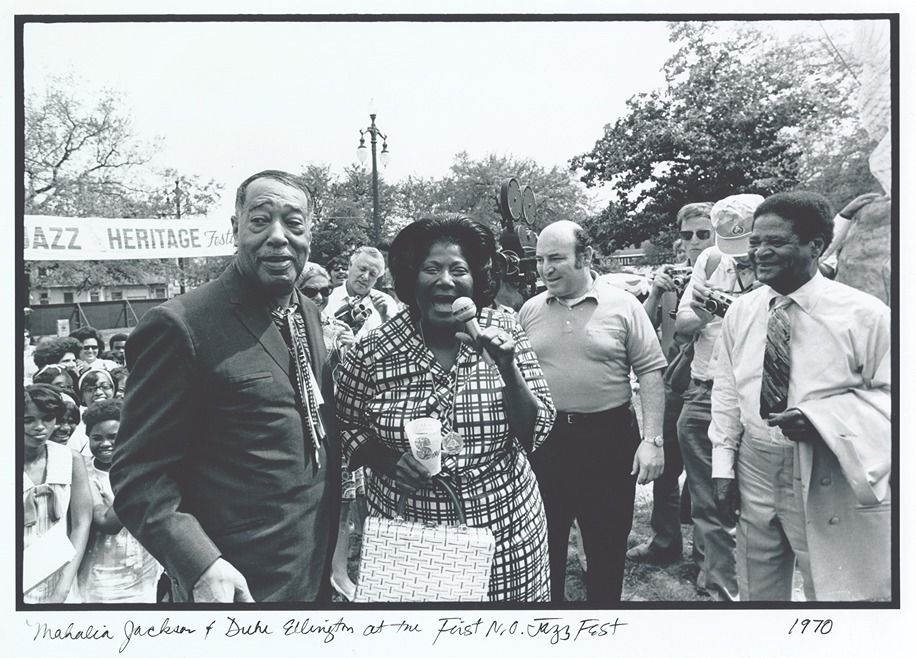
That establishing year, the legendary Mahalia Jackson returned home giving an impromptu appearance and performance alongside Duke Ellington and the Eureka Brass Band. The approximately 350 attendees that year excitedly witnessed performances from headliners including Al Hirt, Pete Fountain, Fats Domino, the Meters, the Preservation Hall Band, Mardi Gras Indians, the Olympia Brass Band, and many other local musicians.
Under the guidance of George Wein (who had previously run the successful Newport Jazz Festival in Rhode Island) and run by The New Orleans Jazz & Heritage Foundation [a 501(c)(3) nonprofit organization], the fest set out to become not only the biggest Jazz festival in the country but also the ultimate display of the culture of New Orleans and the state of Louisiana. With its rising popularity, growing numbers and interest forced the festival to relocate to the New Orleans Fair Grounds Race Course in 1972, a location where it is still held today. A few years after the relocation, the festival added more days, making it a two-weekend celebration, traditionally held the last weekend of April and the first weekend of May.
The Glory Years
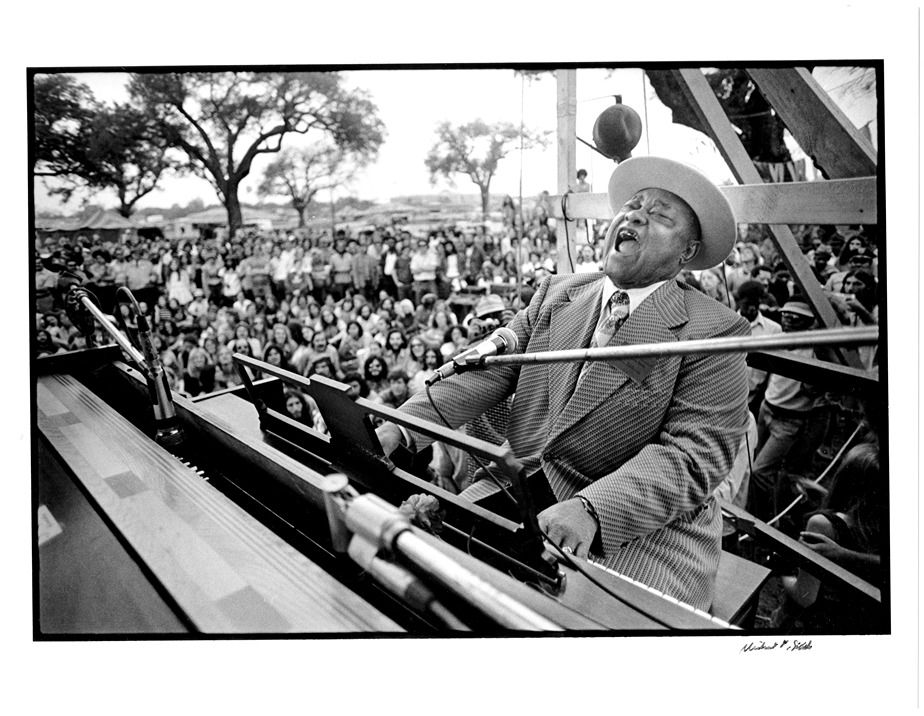
This may seem unbelievable, but there once was a time when Jazz Fest cost $3. Yet, as the festival grew and expanded, rising prices were inevitable. In the '80s, the attendance grew from the hundreds to the thousands with a multitude of added events from evening shows to workshops. At the end of that decade, with 20 years in the game, Jazz Fest was commemorated with the memorable Fats Domino poster, which not only spearheaded the annual Jazz Fest poster tradition but also aided in the growth of the local poster collection scene.
During the '90s, the International Pavilion was added to celebrate other cultures that have influenced the city, including places including Haiti, Cuba, South Africa, Brazil, and many more.
The 2000s was a decade of mass attendance for the festival. In 2001, the festival shattered records with over 600,000 attendees that year creating major buzz and opening the door to more international, world-famous entertainers.
From Katrina to COVID
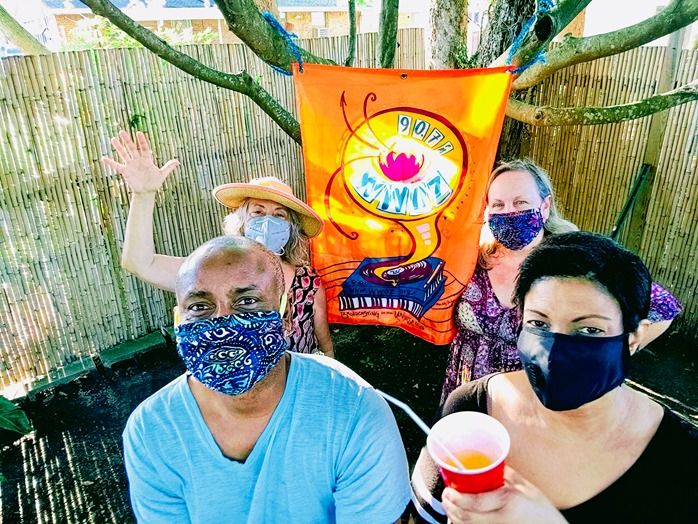
While the fest was consistently growing and gaining recognition, there was a storm brewing—literally—that was prepared to jeopardize everything. In August 2005, Hurricane Katrina made landfall, leaving the city and citizens of New Orleans broken, displaced, and devastated. With more than 80% damage around New Orleans, the Fair Grounds Race Course (festival grounds) was not spared. In fact, it suffered an immense amount of damage, leading festival officials scrambling to decide whether the 2006 festival would be able to take place.
Sponsors, including Shell Oil and backed by AEG Live and George Wein, the festival happened, and it didn't miss a beat. That year, Jazz Fest became more of a homecoming celebration for local musicians and patrons to enjoy.
The years went on seamlessly as the festival continued annually until another disaster shut down the city in March 2020. The Virtual Years
One of the biggest joys of attending Jazz Fest is that it feels like you're entering a small musical village or mini city. There's a sense of community and a feeling of culture and expression that is like none other. Unfortunately, that experience was halted in 2020 when the entire world shut down for the then mysterious virus, COVID-19.
New Orleans was one of the U.S. Cities that instantly faced the effects of the pandemic.
As time moved forward, it was clear that a festival attracting multitudes would not be able to assemble in person. With that realization, the New Orleans Jazz and Heritage Foundation teamed up with WWOZ to create Jazz Festing in Place—an On-Air Festival, (also known as porch festing), where they played music from previous festivals for listeners to enjoy from their homes.
Many came together to listen to the previous years of festing. It was a sad time, but porch festing gave the city hope, something to look forward to. After 50 years of festing, the years of 2020 and 2021 became the first break that the annual festival ever experienced.
Now and Years to Come
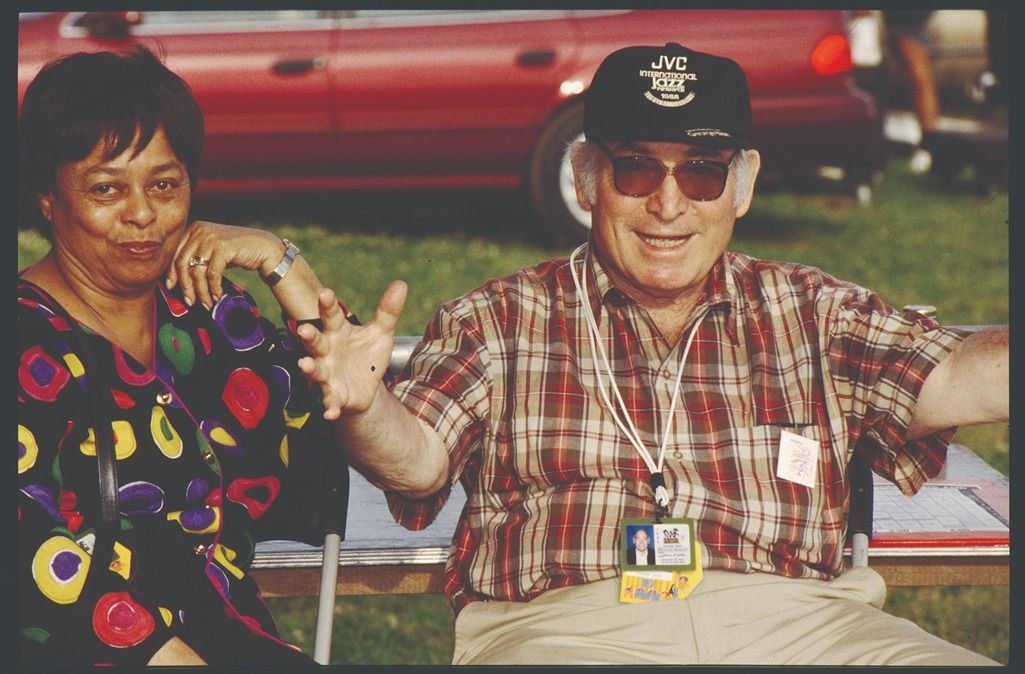
After two years of "festing in place," festival goers were more than ready to attend the 2022 Jazz Fest. The festival was met with great weather and amazing performances. Everything from the food to the art to the cultural experiences were exactly what the city needed after missing the beloved event.
From the unmatchable experience, to the immense history, the New Orleans Jazz and Heritage Festival lives on to be one of the best festivals of many in our lifetimes. As it continues, the city can only hope for another 50 years of the spectacular event.
How Jazz Fest Came to Be
by Emily Hingle
It all started in 1970. At that time, the now-massive two-week-long music festival was just an idea being discussed among several city and business leaders who wanted to start something that could attract tourists each and every year. Small jazz-centric festivals had been held throughout the 1960s, but the people who were talking about a larger festival wanted something that could rival the massive (and sometimes infamous) music fests happening around the country. Not only did they want to make an impressive jazz-themed festival to draw attention to the city, but they also wanted to showcase the legendary local musicians who were making that world-famous music.
The Origins

Beginning in the early 1960s, Mayor Victor H. Schiro, a member of the Chamber of Commerce, and others wanted to make a larger fest. They called upon the well-known large-scale fest producer George Wein to produce this new festival, due to his expertise with other jazz festivals, including the Newport Jazz Festival and the Newport Folk Festival in Rhode Island, which he founded in the 1950s. However, laws were in place that prevented people of different races from assembling with each other, which made such a festival impossible to create.
Several attempts were made over the years to start a large jazz festival, but it wasn't until the New Orleans Hotel Motel Association formed the New Orleans Jazz & Heritage Foundation in 1970 to oversee the creation of such a festival that it became a reality. The foundation's board finally officially hired Wein, and he hit the ground running.
Wein immediately began assembling a team to make this festival come to life. He sought the input of local musicians during the creation of the inaugural fest, and he asked Ellis Marsalis, Dick Allen, and Harry Souchon to come on board. Richard "Dick" Allen was the curator of the Hogan Jazz Archives at Tulane University at the time, and he recommended that Wein include Allison Miner and Quint Davis, an employee and an intern at the Jazz Archive, respectively, to help out with the fest, because of their deep love of New Orleans music.
Showcasing NOLA Music

Miner and Davis were hired on and were tasked with hiring bands to perform at the fest. Knowing so much about jazz music and New Orleans culture, they went to smaller neighborhood clubs to seek out bands, rather than just going to the most popular venues of the day. They didn't bother asking the musicians to sign any contracts, asking them instead just to show up, come in, and start playing at a certain time.
In an interview with New Orleans Magazine in 1994, Davis explained how they booked bands, saying, "The music scene in New Orleans was mainly Bourbon Street and disco. To book the music for the first festival, we went to the only places that live music was really happening: the black clubs. We went to the Night Cap Lounge on Louisiana Avenue and the Off Limits, where Willie Tee and Earl Turbinton played. We had no contracts, just our voices and ourselves. We would go and hang out, drink a beer, dance, talk to people, and just be friends. That has always been one of the secrets of the success of the festival. From the beginning, it has always been about people—not money or tremendous crowds or national acclaim—but wonderful people whom I've always been proud to call my friends.
"We did our fieldwork by telephone, and unfortunately, I didn't have one. We would go to All Good's Restaurant across from Touro Infirmary and use their pay phone to make our calls. I remember calling Snooks Eaglin at his mother-in-law's house. Dick Allen had given us the number. Snooks was the first person we booked for the festival. At that time, he was a street singer. He didn't play in any clubs, just for neighborhood groups and churches. Snooks played at the first festival and has played at every festival since. Another musician who came on board at the very beginning and has played every year since is Clancy ("Blues Boy") Lewis. He was at the Triangle Lounge in Gert Town, and he was fantastic." Despite the humble manner of the production, the lineup included such names as the Preservation Hall Jazz Band, Duke Ellington, Pete Fountain, Al Hirt, Clifton Chenier, Fats Domino, and The Meters.
The First Fest
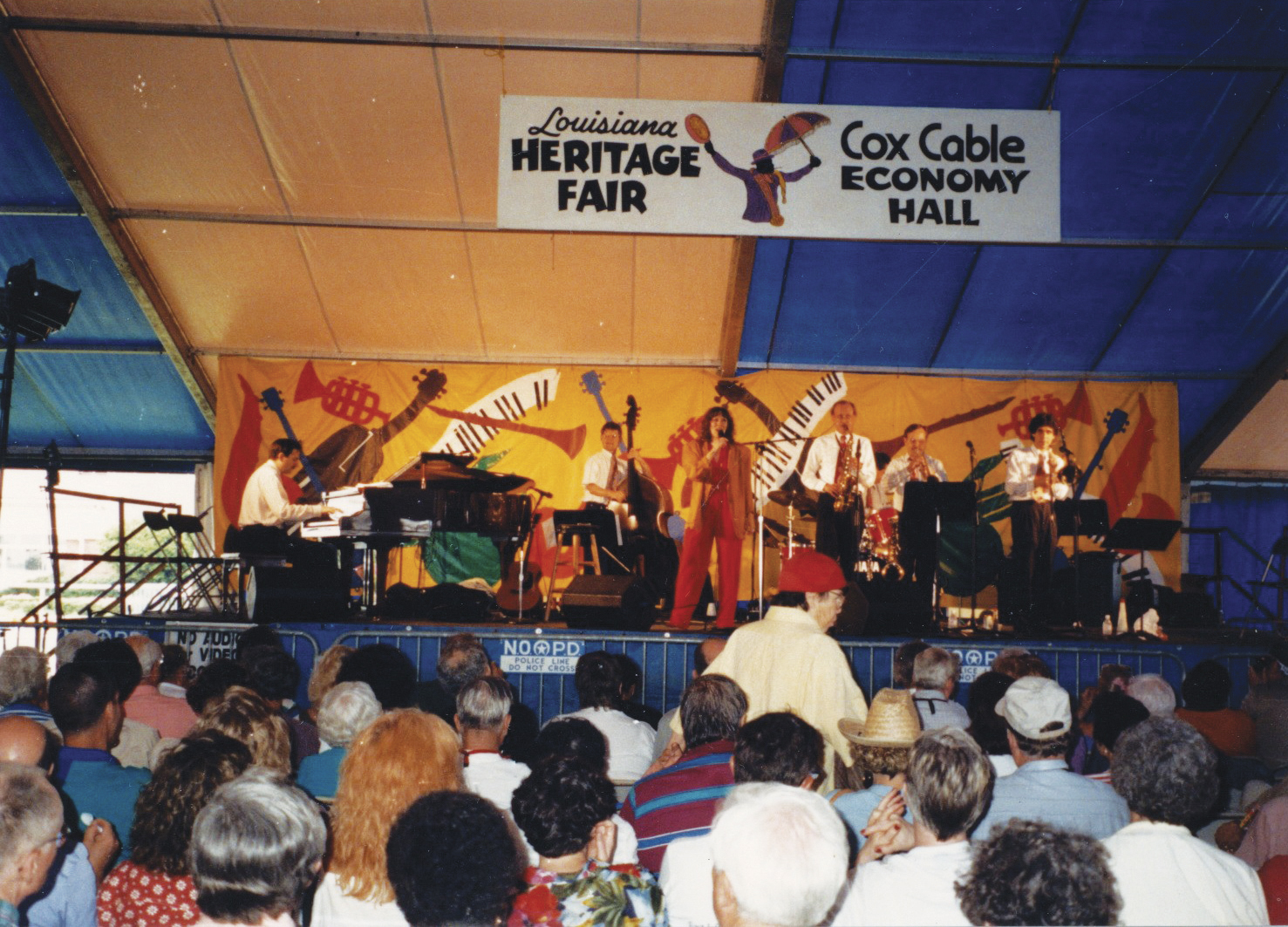
The first New Orleans Jazz & Heritage Festival was on April 22, 1970, in Beauregard Square, now Louis Armstrong Park. Wein boasted about this brand-new fest: "The New Orleans Jazz & Heritage Festival represents a new and exciting idea in festival presentation. This festival could only be held in New Orleans because here and here alone is the richest musical heritage in America. New Orleans, in the long run, should become bigger than Newport in jazz festivals. Newport was manufactured, but New Orleans is the real thing."
It cost attendees $3 to get in, and the festival had music on only five small stages. There were about 350 people who showed up, some of whom were lured there by the Eureka Brass Band, which paraded down Basin Street from Canal Street to lead people to the under-advertised event. Any musicians who needed somewhere to stay were given space at the homes of Miner and Davis because the festival didn't have money to spare for hotel rooms.
Mahalia Jackson famously performed at the festival, but she was not scheduled to be there at that time. She was scheduled to perform at the Municipal Auditorium later in the evening, but she surprisingly showed up during the daytime to enjoy the festival's acts. She came upon the Eureka Brass Band parading around, and she began to sing along with them, purse in arm. George Wein saw her and handed her a microphone so that everyone could hear the impromptu concert. This, he later recalled, was the spirit of Jazz Fest.
Through the Years
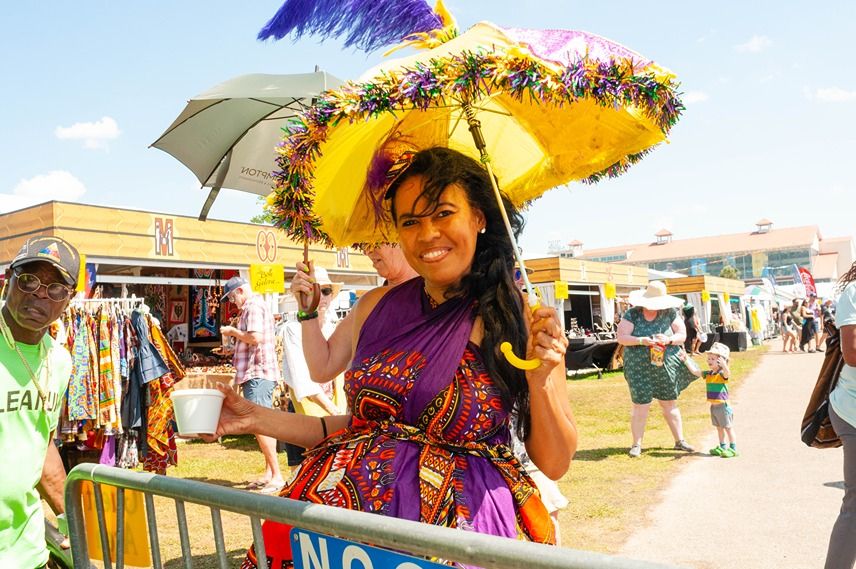
The festival spent its second year in the Louis Armstrong Park, but moved to the New Orleans Fair Grounds in 1972. By 1975, there were 80,000 attendees, and by 1978, Jazz Fest took place over two weekends. The festival has now grown to employ thousands of musicians, volunteers, seasonal staff, and year-round employees. It brings in hundreds of thousands of attendees and numerous food and art vendors. All of the action takes place on 14 music, interview, and cooking stages.
Miner and Davis went on to oversee operations of the festival for many years. Quint Davis now holds the title of producer and director of the fest and CEO of Festival Productions, Inc. Miner helped to begin and curate the New Orleans Jazz & Heritage Foundation Archive, which owns the recordings of interviews with musicians done at the Allison Miner Music Heritage Stage at the festival each year, among other assets. Miner passed away on December 23, 1995.
The mission of the New Orleans Jazz & Heritage Foundation is "to promote, preserve, perpetuate and encourage the music, arts, culture, and heritage of communities in Louisiana through festivals, programs, and other cultural, educational, civic, and economic activities." Not only does the foundation produce Jazz Fest, it also operates WWOZ-FM; several educational programs, including the Don "Moose" Jamison Heritage School of Music; multiple economic development programs, such as the Sync Up Conference and the Jazz & Heritage Film Festival; and more festivals, including the Crescent City Blues & BBQ Festival, the Treme Creole Gumbo Festival, the Louisiana Cajun-Zydeco Festival, and the Congo Square New World Rhythms Festival.
The New Orleans Jazz & Heritage Festival and Foundation are so much more than a musical experience that happens a few days every year. They are keeping our culture's flame burning brightly for the entire world to see, appreciate, and admire.

